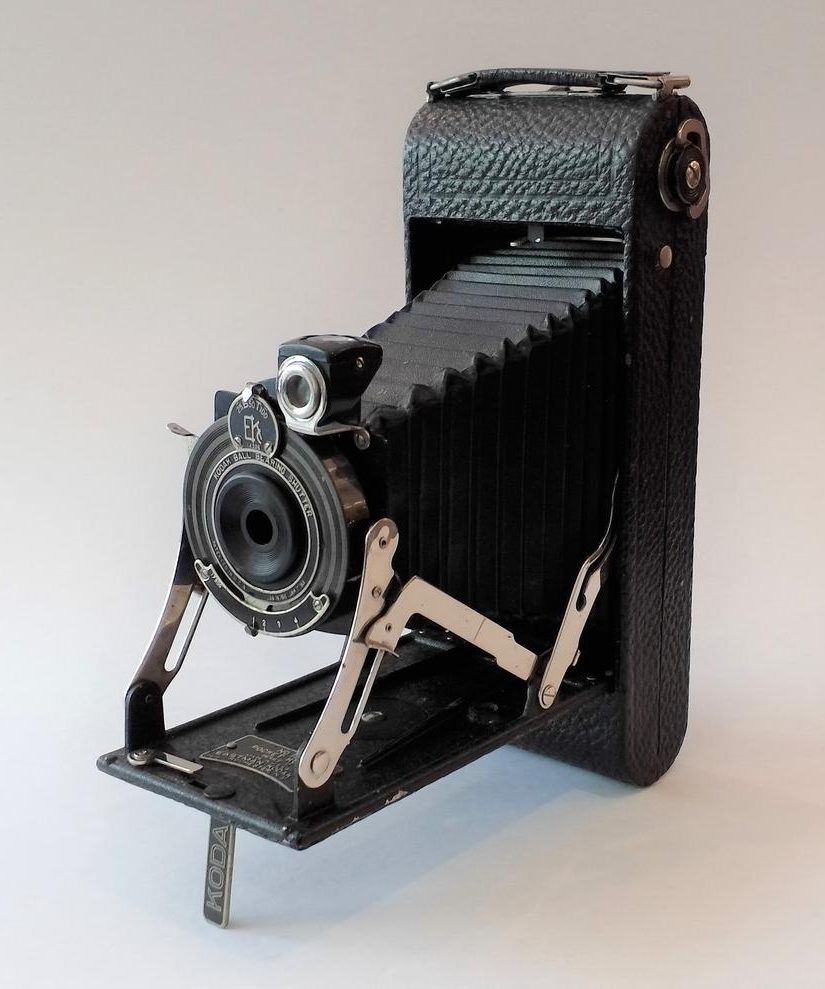First published on the occasion of the UN-declared International Human Rights Day, December 10, 2019
With continuing gratitude to those who’ve already generously funded my Nakba photographic project, now I seek further funding for “The Ongoing Nakba, photographs of internally expelled Palestinians in the West Bank.” Early in 2020, I plan to return for another two-month trip to locate a few key survivors and sites, like people who lived in Deir Yassin, the site of a massacre; and Lifta, one of the few original villages still reasonably intact. I will need to hire colleagues to help me locate survivors and their destroyed villages.
The human enterprise, yes….I’m trying to reiterate the possibilities that are held out to us by various horizons. I’ve seen horrible human behavior in so many places. I see the pleasure some people take in injustice, and I see their appetite for the violent enforcement of prejudicial beliefs. The question this forces on us is “Are we ever going to outgrow this hatred of the Other?”
—Barry Lopez
In the fall of 2018, I photographed 15 Palestinians, most first-generation refugees, some second, third, and fourth generation. In the spring and summer of 2019, I photographed another 24 Nakba survivors. I’ve also photographed many of their original regions, their destroyed villages, sites of expulsion where many had provably lived for multiple generations, now in Israel.
With help from many others, I meet the survivors, now often living in refugee camps in Palestine, interview and photograph them, photograph their current living conditions, and return to their ancestral homes (now in Israel) to photograph. I include photos of where and how they live currently in internal diaspora to contrast with their earlier, often pastoral lives, in destroyed villages—in contrast also to how Israelis are privileged to live. Eventually, I’ll add archival photos of their regions before the expulsion.
The project has 4 parts: black and white portraits, color photos of their current environment, color photos of their former villages and towns, and black and white historic photos.
My immediate goal is what I call a multi-platform book, meaning a traditional photographic book but with links to the videos and audios I’ve made, plus resources like maps, timelines, analyses, etc. An example of this in exhibit form is “The Promised Land,” info here: promisedlandmuseum.org.
Record-of-Teeksa-and-blog-posts-Refugee-Project-second-phase
My overarching goal is to draw attention and activism to this particular issue in the larger struggle for a just peace and full human rights for Palestinians.
Since 2003 I’ve visited the Palestine-Israel, photographing a variety of themes, water, youth, occupation, Gaza, and women, among them. My current project is locating, interviewing, and photographing Palestinians living in yet another of their many diasporas, this one internal, meaning in the Occupied West Bank of Palestine. In the fall of 2018, I photographed 15 Palestinians, most first-generation refugees, some second, third, and fourth generation. In the spring and summer of 2019, I photographed another 24 Nakba survivors. Early in 2020, I plan to return for another two-month trip to locate a few key survivors and sites, like people who lived in Deir Yassin, the site of a massacre, and Lifta, one of the few original villages still reasonably intact.
In 1948, Israel expelled some 750,000 indigenous Arabs to clear the land for Jewish settlement, leading to the foundation of the state of Israel. Thus the Nakba (in Arabic), or Catastrophe. Some 5 million Palestinians now live in the West Bank and Gaza—the “internally expelled.” And, with few exceptions, they are not permitted to return to any of their original 400 villages and towns, even for short visits.




Before the Nakba






During and after the Nakba
In Israel, a state established as a national homeland for Jews, in the direct aftermath of one of the most atrocious crimes against humanity, it is truly mind-boggling that the protection and application of these rights is a struggle.
For background on the Nakba and refugees, please read the book, “My Happiness Bears No Relation to Happiness, A Poet’s Life in the Palestinian Century,” by Adina Hoffman, and the article, “Lydda, 1948,” By Ari Shavit.
PALESTINIANS IN THE UNITED STATES DECLARE THAT
FREEDOM IS THE FUTURE-A CALL TO ENDORSE











Great photos Skip along with the stories of the terrible history– one that everyone needs to know.
LikeLike